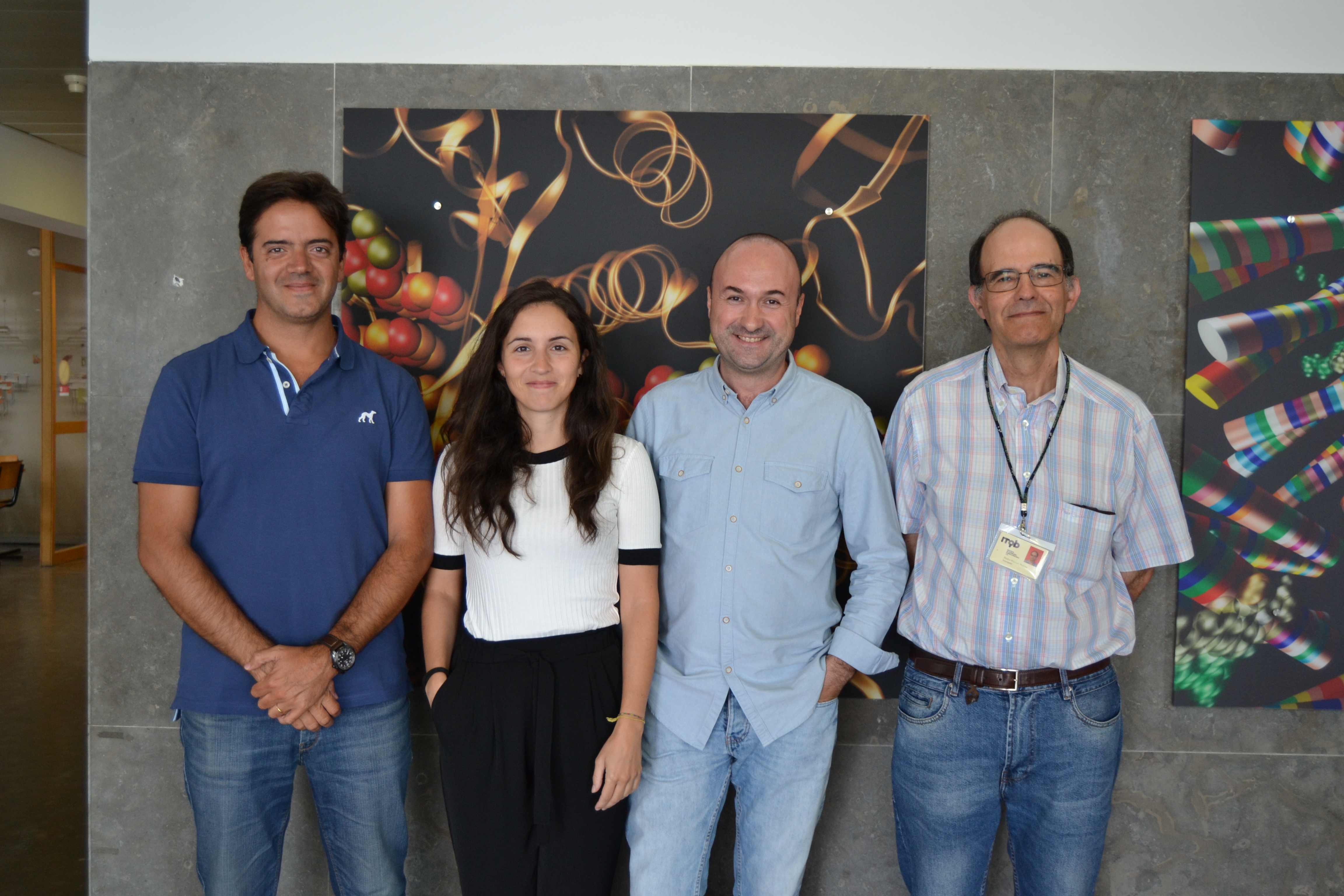Understanding the enemy
Oeiras, 20.09.218
Protein RuvBL2 overexpression is a marker of poor prognosis of cancer development, and it was found to be present in hepatocellular carcinoma, stomach, kidney, colon cancer, melanoma and bladder carcinoma, and involved in others, such as prostate and breast cancers. It is suggested that RuvBL2 overexpression may be a factor of resistance to treatment, as it has been observed in subgroups of chemo-resistant breast and ovarian cancers. A detailed understanding of the molecular structure of this protein aims to contribute to the development of strategies to modulate its actions. Now, researchers from ITQB NOVA and iBET have been able to determine the atomic structure of this protein and the results were just published in Scientific Reports.
During hypoxia RuvBL2 is methylated, but unlike RuvBL1 that under the same conditions triggers a mechanism leading to cell survival and proliferation, RuvBL2 seems to be involved in cell death and survival. At the cell level, RuvBL2 methylation led to a significant reduction in motility of a breast cancer cell line, implying it is involved in inhibition of cell migration. “An understanding of these interactions and their effects at the cellular (and organism) level will help in the development of strategies to modulate them”, according to Sara Silva, first author and member of the Pedro Matias Lab. “Knowing the atomic structures of these proteins allows structure-based approaches to the future development of molecules that are able to modulate these interactions”. This work was part of Sara Silva’ PhD thesis under the supervision of Pedro Matias and Tiago Bandeiras.

Original article
Scientific Reports, volume 8, Article number: 13726 (2018)
Sara T.N. Silva, José A. Brito, Rocío Arranz, Carlos Óscar S. Sorzano, Christine Ebel, James Doutch, Mark D. Tully, José-María Carazo, José L. Carrascosa, Pedro M. Matias, Tiago M. Bandeiras







